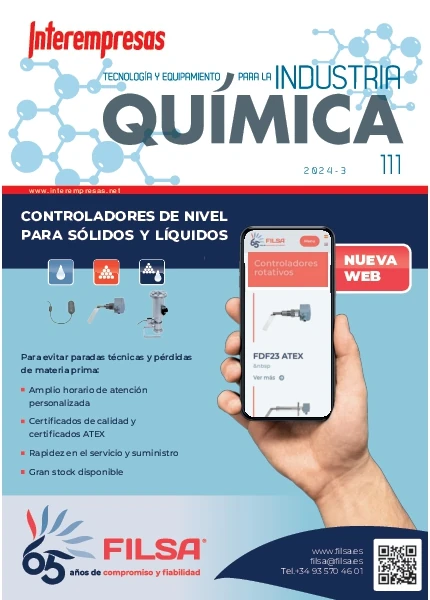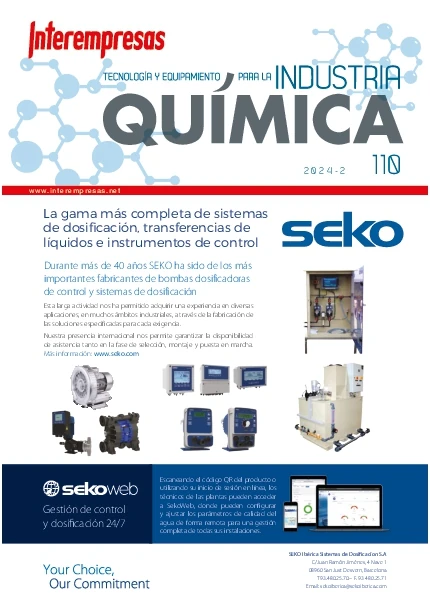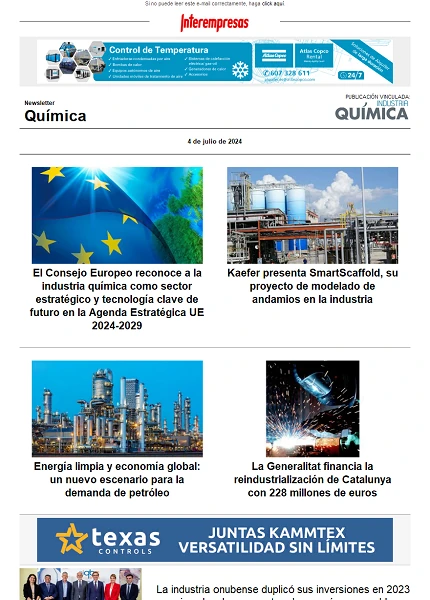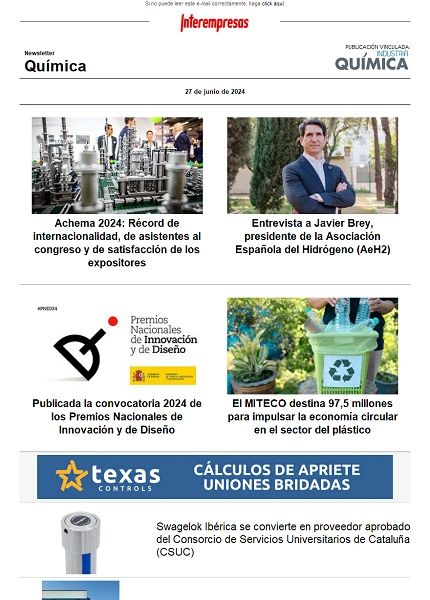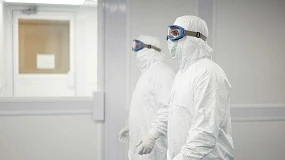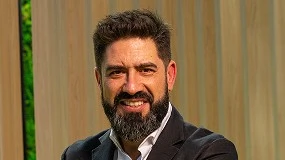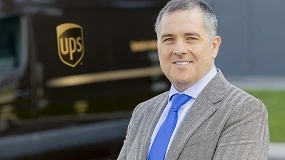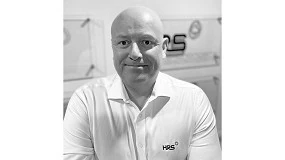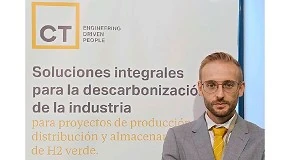It can the chemical to contribute to repair the human body?
On 10 January, in the headquarters of the CSIC and with the presence of Pilar Scissors, vice-president of the Upper Council of Scientific Investigations, gave beginning the third edition of the Course of divulging
With a big influx of public, the inaugural conference ran this year to charge of the Dr. María Vallet-Governed, chair of Inorganic Chemicals and Bioinorgánica of the Faculty of Pharmacy of the Universidad Complutense of Madrid, the one who during his intervention wanted to show how the chemical can contribute to the repair of the human body.
As it signalled María Vallet-Governed during his conference, the chemicals, and more specifically the biomateriales, can contribute today to repair the human body in two levels: ‘Macro' (fundamentally by means of implants and prosthesis in which the chemicals plays a fundamental paper) and ‘Nano' (with investigations like which are llevar to arrive until the cells cancerígenas and attack them with citotóxicos prejudicing the less possible to the healthy).
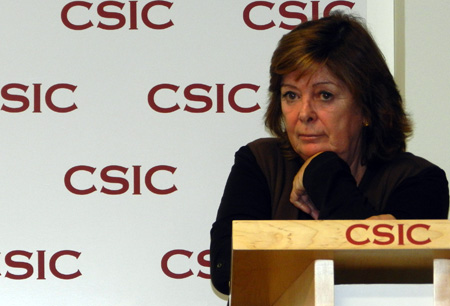
To level of prosthesis, far have remained already the images of ‘garfios' and ‘legs of stick'. Today, the technological advances in this matter have been enormous, until the point of, for example, allow to the Australian athlete Oscar Pistorius compete to the highest level with his prostheses transtibiales of fibre of carbon.
To day of today, the science already allows the reconstruction of bones and articulations, of muscles and sinews, of blood vessel and of nerves… but the question that many do is: it exists today the possibility to reconstruct at the same time all these elements, assemble them and create of this form a new member? The answer is that no… although it would be necessary to add ‘for the moment'.
To date the 'repairs' that are doing in the human body correspond to two modalities. On the one hand the call ‘biónica' by means of implants and prosthesis manufactured with materials of 1ª and 2ª generation; and by the another, with the ‘medicine regenerativa', that covers the cellular therapy and the engineering of fabrics using material of 3ª generation.
In this last field, in the one of the engineering tisular, the chemicals follows contributing important advances. For example, in the specific field of the osseous reconstructions, the regeneration of a bone from biomateriales is a process in peak. Materials that, besides, are biodegradable, disappearing of the human body once that have fulfilled his function.
To llevar this procedure, as it affirmed the Dr. María Vallet-Governed, is fundamental to contemplate three elements:
1) The andamios on which go to reconstruct the fabrics. Biomateriales Natural and synthetic, whose design has to be inspired by the own nature, and that present characteristic keys like the ‘osteconducción' or capacity to allow and favour the growth and the organisation of the osseous fabric.
2) biochemical Factors. Signals and factors of growth that attract to the cells to these andamios. In this case the key concept is the ‘osteoinducción' or capacity to promote the learning of the bone.
3) Cells mother and cells progenitors, with capacity to produce osseous fabric (Osteogénesis).

Emulating the porosidad of the bones, these biomateriales that conform the andamios have to provide a lattice where can go in, adhere, grow and proliferate the cells, guiding the growth of these and exerting of support and structure of the new fabric. Besides, they can serve like matrix where load drugs, proteins, cells… For this requires 'funcionalizar' the surfaces of these andamios, with the aim to allow to the proteins adhere to them without modifying the activity of the cells.
Solution to infections
In spite of the advances attained during the last years, when it realizar an implant this carries associated some risk of infection. In occasions, this infection offers a high resistance to the medical treatments, creating even a biofilm around the infection that prevents the entrance of the antibiotics.
For these cases, in front of the conventional treatment that combines the surgical intervention and the antimicrobic treatment (distribution of the drug by all the organism), exists another alternative based in the resección of the part of the organ damaged and in the implantation of a biocerámica loaded with antibiotics, that allows simultaneously regenerate the fabric and treat the bacteria that could still remain. Tambien Can prevent the adherencia of the bacteria with materials zwitterionicos that, to the equal that occurs with the drops of water on a leaf of flower of loto, prevent to the bacteria adhere to his surface.
Another field stood out where the chemicals is contributing significant advances is in the treatment of the cancer, with the aim to be able to realizar therapies directed, focalizadas exclusively in the cells damaged without having to act in all the organism.
In this sense, the aim is to attain that the citotóxicos employed for the treatment of the cancer only free in the organism when they detect a cell cancerígena, facilitating, through stimuli, his release controlled. Through nanopartículas funcionalizadas with strands of DNA and by means of application of magnetic fields, the achievement of this aim seems to be increasingly near.
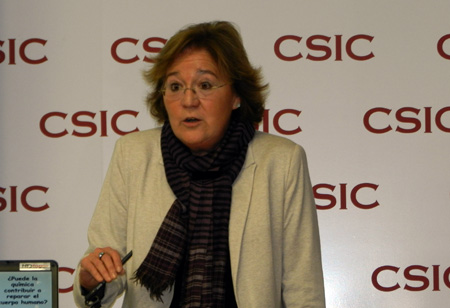
Investigation traslacional
Did not want to finish his conference the Dr. María Vallet-Governed without before remember the importance that has in this and in other a lot of scientific fields the investigation traslacional, that is to say put in contact the basic investigation and the clinical application. It can not have progress if there is not interaction between both.
Besides, as it signalled during an animated final debate in which they participated the assistants to the conference, the modern science it is necessary to understand it like a multidisciplinary discipline, in which it is fundamental interactuar with scientists of different areas to be able to progress.
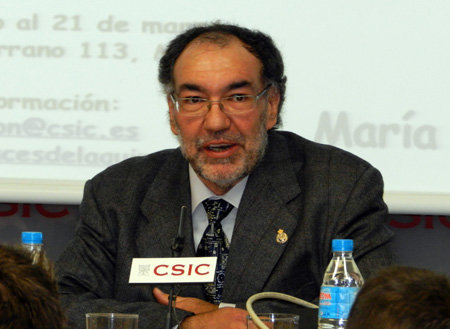
The third edition of this course of divulging goes to be conformed by 11 conferences (the Thursdays between 10 January and on 21 March) and two round tables (the Mondays 4 February and 4 March). All the sessions will take place in the living room of acts of the building of the CSIC in the street Serrano 113. The program and the calendar of the course can consult in this
The course in free and the assistance is free, can assist to the sessions that wish . The people interested will be able to have a diploma of assistance if they assist to a minimum of eight sessions.
To obtain more information, contact with b.herradon@csic.es


